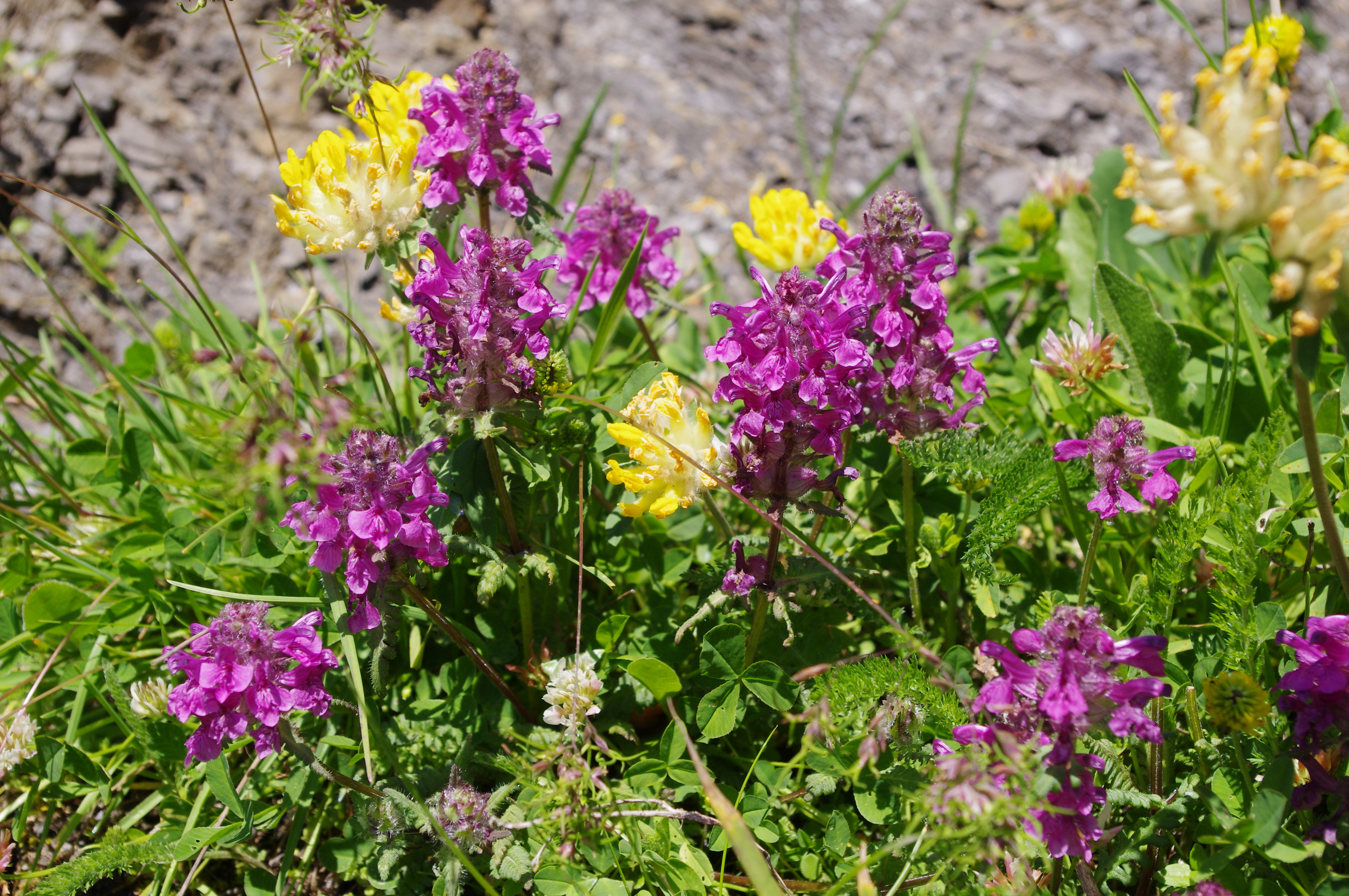Citizen science
Citizen science (also known as crowd science, crowd-sourced science, or networked science) is scientific research conducted, in whole or in part, by amateur or nonprofessional scientists, often by crowdsourcing. Formally, citizen science has been defined as “the systematic collection and analysis of data; development of technology; testing of natural phenomena; and the dissemination of these activities by researchers on a primarily avocational basis“. Citizen science is sometimes called “public participation in scientific research.”

Citizen science activities
Citizen-science activities can take many forms:
- Citizen scientists can help gather data that will be analyzed by professional researchers. The Audubon Society’s Christmas Bird Count, which began in 1900, is a good example. The American Association of Variable Star Observers has gathered data on variable stars for educational and professional analysis since 1911 and promotes participation beyond its membership on its Citizen Sky website. On BugGuide.Net, an online community of naturalists who share observations of arthropods, amateurs and professional researchers contribute to the analysis. In the EU-funded Citclops project (2012–2015), citizen scientists help gather data to assess the environmental status of water bodies by measuring their optical properties.
- Citizen scientists can help analyze data that has been gathered by professional researchers. SETILive, Clumpy, EyeWire, Galaxy Zoo, Cell Slider and other Zooniverse projects are examples.
- Citizen scientists can volunteer at a research center or join a research expedition, such as those organized by the Earthwatch Institute.
- Citizen scientists can compete in competition such as NASA’s International Space Apps Challenge.
- Citizen scientists can build and operate their own instruments to gather data for their own experiments or as part of a larger project. Examples include amateur radio, amateur astronomy, Six Sigma Projects, and Maker activities.
- Citizen scientists can travel to areas that are seldom visited by professional researchers. Examples include James Cameron’s DeepSea Challenger project and Citizens in Space
Citizen science may be performed by individuals, teams, or networks of volunteers. Citizen scientists often partner with professional scientists to achieve common goals. Large volunteer networks often allow scientists to accomplish tasks that would be too expensive or time consuming to accomplish through other means. Volunteers increasingly find opportunities to participate in science by visiting websites such as SciStarter, the largest online collection of citizen science projects.
Citizen science networks are often involved in the observation of cyclic events of nature (phenology), such as effects of global warming on plant and animal life in different geographic areas, and in monitoring programs for natural-resource management.
Many citizen-science projects serve education and outreach goals, engagement in scientific research. These projects may be designed for a formal classroom environment or an informal education environment such as museums.
In recent years, citizen science projects have become increasingly focused on benefits to scientific research.
New technology
Many citizen-science projects are now taking advantage of mobile phones and other consumer electronic devices with recording capabilities for easy data collection. Examples include the San Francisco project, the WildLab, iNaturalist, and Project Noah iPhone apps for monitoring birds, marine wildlife, and other organisms, and the NASA meteor counter app.
The Internet has also been a boon to citizen science, particularly through gamification. Internet-based citizen-science include NASA’s Stardust@home, Clickworkers, SETILive, CosmoQuest, and various Zooniverse projects such as Galaxy Zoo, Foldit, and the Phylo video game. National Geographic has an archeology project, Field Expedition: Mongolia, in which users tag potential archeological dig sites on GeoEye satellite images, to assist explorers on the ground in Mongolia. EyeWire users help scientists trace neurons through the retina, with the goal of creating a full retinal connectome.
See also: